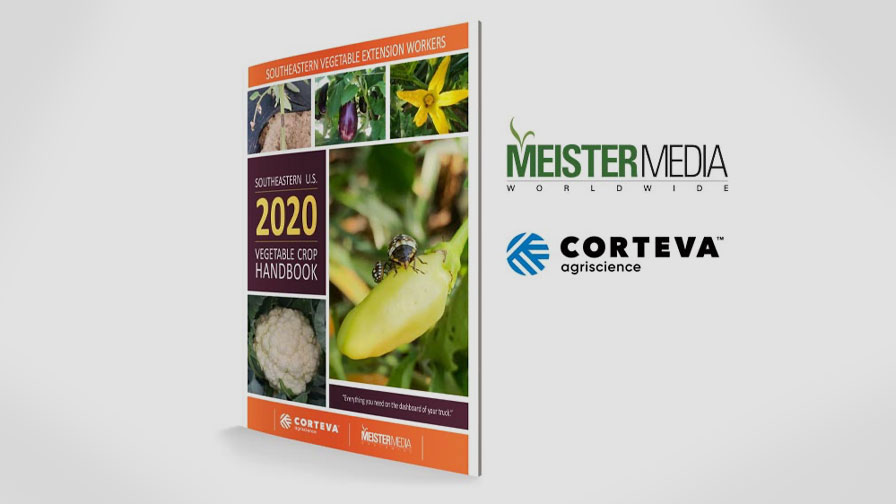How to Halt Fall Armyworm in Your Sweet Corn Crop

The fall armyworm is native to the tropical regions of the western hemisphere from the U.S. to Argentina. It normally overwinters successfully in the U.S. only in South Florida and Southern Texas. It is a regular and serious pest in the Southeast states. Photo by Phil Sloderbeck
Identification
Young larvae of the fall armyworm (Spodoptera frugiperd) are greenish with a black head, the head turning orangish in the second instar. In the second and third instar, the dorsal surface of the body becomes brownish, and lateral white lines begin to form. The face of the mature larva is characteristically marked with a white inverted “Y” and the epidermis is rough or granular in texture.
Adults are nocturnal, and are most active during warm, humid evenings. The hind wings are grayish-white; the front wings are dark gray, mottled with lighter and darker splotches. Each forewing has a noticeable white spot.
This species displays a very wide host range but prefers grasses. The most frequently consumed plants are field corn and sweet corn, sorghum, and grassy weeds. When the larvae are numerous, they defoliate preferred plants, acquire an “armyworm” habit, and disperse in large numbers.
Larvae cause damage by consuming foliage. Young larvae initially consume leaf tissue from one side, resulting in a “windowpane” appearance. By the second or third instar, larvae begin to make holes in leaves, and eat from the edge of the leaves inward. Feeding in the whorl of corn often produces a characteristic row of perforations in the leaves. Studies in Florida show that densities of 0.2 to 0.8 larvae per plant during the late whorl stage could reduce yield by 5% to 20%.
In corn, they sometimes feed on the ear by burrowing through the side of the ear.
Survival and Spread
The fall armyworm is a strong flier and disperses long distances annually during the summer months. The life cycle is completed in about 30 days during the summer, and twice that in the spring and fall. The number of generations occurring in an area varies. In northern states, there may be but a single generation. In warmer areas of Florida, moths are present year-round.
The eggs are sometimes deposited in a single layer attached to foliage. The female deposits a layer of grayish scales over the egg mass, imparting a furry appearance. The number of eggs per mass varies considerably but is often 100 to 200.
There are usually 6 instars and pupation takes place in the soil.
Management Methods
Moth populations can be sampled with blacklight or pheromone traps. Once moths are detected it is advisable to search for eggs and larvae.
Although several pathogens reduce the abundance of fall armyworm larvae in corn, only Bacillus thuringiensis is commercially feasible, and success depends on having the product on the foliage when the larvae first appear.
Insecticides are usually employed in sweet corn to protect against damage, sometimes as frequently as daily during the silking stage.
Consult UF/IFAS recommendations for currently labeled insecticides for armyworm control in Florida vegetables.










